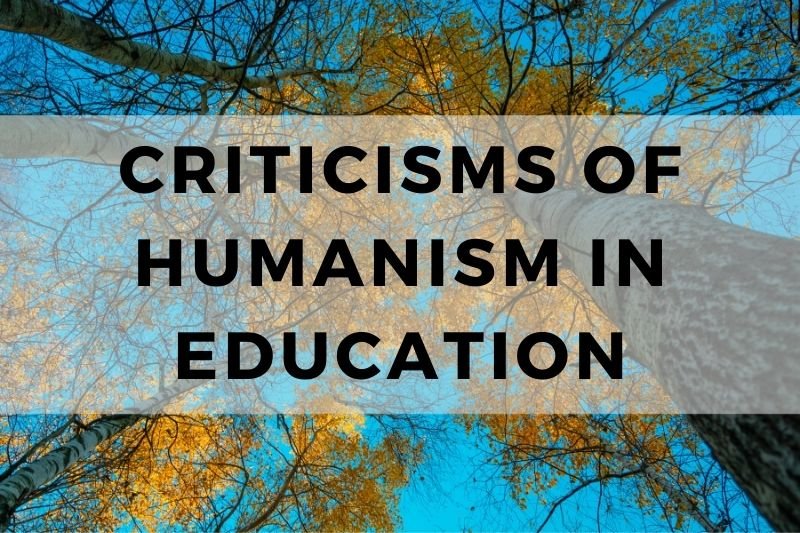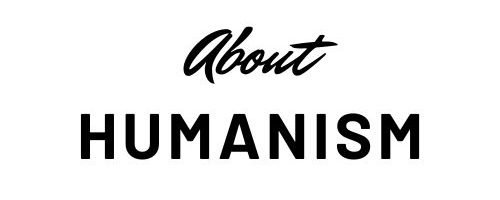
Humanism has profoundly influenced education. Its focus on the individual, personal growth, and intrinsic motivation has reshaped how we think about teaching and learning. However, humanism is not without its critics. Many argue that its principles lack balance and fail to address key challenges in modern education.
From concerns about excessive individualism to ignoring cultural diversity, the criticism of humanism in education raises important questions. These critiques invite us to reflect on its limitations and explore potential improvements. By understanding both its strengths and weaknesses, we can better assess its role in shaping future educational practices.
Core Tenets of Humanism in Education
#1. Focus on Individual Potential and Growth
Humanism emphasizes the unique potential of every learner. It views each student as capable of growth and self-improvement. By encouraging students to explore their abilities and interests, it fosters personal fulfillment and self-actualization. This approach values self-expression and self-discovery over rigid academic standards. It aims to nurture confidence and independence, helping students become active participants in their own education.
#2. Emphasis on Intrinsic Motivation
Humanistic education prioritizes learning driven by internal motivation rather than external rewards. Students are encouraged to find personal meaning and relevance in what they study. This approach fosters a deeper connection to the learning process and creates a sense of ownership. It also promotes curiosity, critical thinking, and a passion for lifelong learning, which are essential for adapting to a rapidly changing world.
#3. Learner-Centered Teaching Approaches
The humanistic approach places the student at the center of the educational experience. Teachers act as facilitators or guides rather than authoritarian figures. This encourages mutual respect and collaboration in the classroom. Lessons and activities are designed to meet the unique needs, interests, and learning styles of each student. By tailoring education in this way, humanism seeks to make learning more engaging and personally meaningful.
#4. Holistic Development of the Student
Humanism views education as a process of developing the whole person. It emphasizes emotional, social, and intellectual growth equally. The goal is to create well-rounded individuals who are prepared to handle various life challenges. This approach also encourages empathy, self-awareness, and a sense of purpose. By focusing on the whole person, it ensures students are not just academically capable but also emotionally resilient and socially responsible.
Common Criticisms of Humanism in Education
#1. Overemphasis on Individualism
Critics argue that humanism focuses too heavily on the individual. This can lead to neglect of collective needs and societal responsibilities. Excessive emphasis on personal growth may create a sense of entitlement. It risks promoting self-interest over cooperation and community values.
#2. Lack of Clear Moral Guidance
Humanism’s focus on personal choice and autonomy can result in a lack of moral structure. Without clear ethical guidelines, students may struggle to navigate complex moral decisions. Critics believe this approach does not provide enough support for developing a strong sense of right and wrong.
#3. Conflict with Religious Beliefs
Some argue that humanism’s secular approach conflicts with religious traditions. By prioritizing individual autonomy, it may undermine faith-based principles. This creates tension in diverse educational environments, particularly where religion plays a central role in community life.
#4. Overlooking Emotional or Spiritual Aspects
While humanism promotes intellectual and personal growth, it is often criticized for neglecting deeper emotional or spiritual dimensions. Critics claim this can leave students unprepared to cope with existential questions or emotional challenges. Addressing these aspects is essential for holistic well-being.
#5. Focus on Intellectual Development Over Social Issues
Humanism’s emphasis on personal and intellectual growth can overshadow pressing social issues. Critics argue that this approach does not adequately prepare students to address systemic inequalities or engage in civic responsibilities. As a result, education may fail to contribute to broader social change.
#6. Idealized View of Human Nature
Humanism often assumes that individuals are naturally inclined toward growth and positive behavior. Critics argue this view is overly optimistic. It may fail to account for the complexities of human behavior, including selfishness or destructive tendencies. This idealized perspective can lead to unrealistic expectations in education.
#7. Insufficient Attention to Cultural Diversity
Humanistic education sometimes overlooks the importance of cultural differences. Its emphasis on universal principles may not address the specific needs of diverse communities. Critics point out that this can marginalize students from different cultural backgrounds. A lack of cultural sensitivity may limit the effectiveness of this approach in global contexts.
#8. Rationality Overlooking Creativity and Emotional Intelligence
Humanism places significant emphasis on rational thinking and intellectual growth. Critics argue this focus can downplay the importance of creativity and emotional intelligence. These skills are crucial for personal and professional success. Ignoring them may leave students unprepared for challenges requiring empathy and innovation.
#9. Perpetuating Social Inequality
Humanistic education often requires significant resources and skilled teachers. Critics argue that this can widen the gap between well-funded schools and underprivileged ones. Without equitable access, humanism risks benefiting only a select group of students. This perpetuates existing social inequalities instead of addressing them.
#10. Overreliance on One-Size-Fits-All Learning
Although humanism advocates for personalized education, critics note that its methods can still be overly generalized. Applying the same principles to all learners may ignore their unique challenges. This one-size-fits-all approach may not effectively meet the needs of students with disabilities, trauma, or other specific circumstances.
Addressing the Criticisms: Responses and Counterarguments
#1. Balancing Individual and Collective Needs
Humanism can balance individual and collective priorities by incorporating collaborative learning. Group projects and discussions foster teamwork while maintaining a focus on personal growth. This approach encourages students to value both their own development and their contributions to society.
#2. Structured Freedom in Learning
Critics of excessive autonomy overlook the role of guidance in humanistic education. Teachers provide structured frameworks that allow students to explore freely within boundaries. This structured freedom ensures that students learn responsibility while benefiting from autonomy.
#3. Adapting Humanism to Diverse Contexts
Humanism can evolve to address cultural diversity by integrating multicultural perspectives into its methods. Customizing curricula to reflect varied cultural backgrounds ensures inclusivity. This adaptability strengthens humanism’s relevance in diverse educational settings.
#4. Evidence of Effectiveness
Research supports the effectiveness of humanistic approaches in improving student outcomes. Studies show that learner-centered methods enhance engagement and critical thinking. By pointing to this evidence, proponents address concerns about its practicality in education.
#5. Enhancing Teacher Support and Training
Critics argue that humanism demands highly skilled educators. Addressing this requires better teacher training programs. Equipping teachers with tools to implement humanistic strategies ensures consistency and effectiveness, even in under-resourced schools.
#6. Integrating Humanism with Technological Advancements
Humanism can embrace technology to improve accessibility and personalization. Digital tools allow for tailored learning experiences and bridge resource gaps. By combining humanistic principles with modern technology, educators can address criticisms of inequality and one-size-fits-all approaches.
#7. Creating Metrics for Evaluating Humanistic Outcomes
Humanism’s abstract goals often face criticism for being hard to measure. Developing specific metrics for assessing personal growth, creativity, and emotional intelligence can address this. Clear benchmarks make it easier to demonstrate the success of humanistic education.
Closing Thoughts
Humanism in education has sparked both admiration and criticism. Its focus on individuality, intrinsic motivation, and holistic growth offers a refreshing perspective on learning. However, valid concerns about its limitations, such as cultural insensitivity and practicality, cannot be ignored. Addressing these critiques requires thoughtful adaptations and a willingness to evolve.
By balancing personal growth with societal needs, embracing diversity, and leveraging technology, humanism can remain relevant and effective. The debate surrounding the criticism of humanism in education is a reminder of the need for continuous reflection and improvement in shaping educational philosophies that serve all learners.
